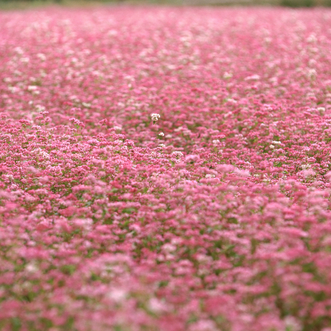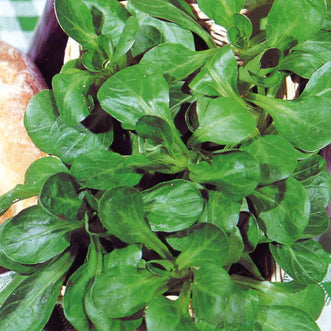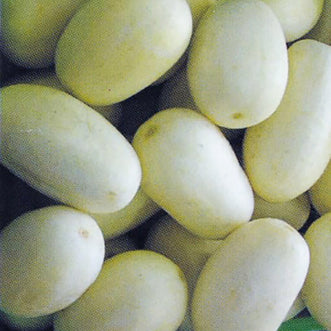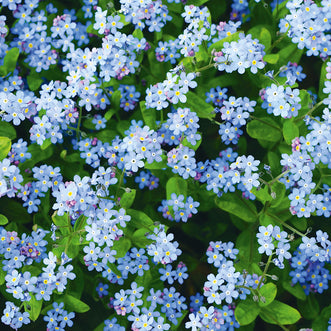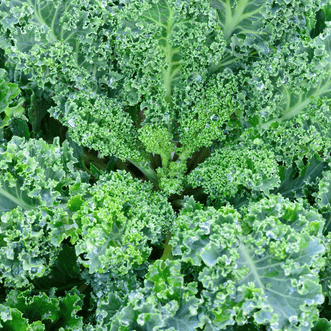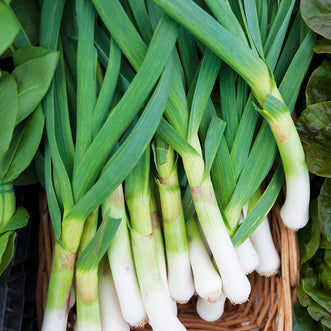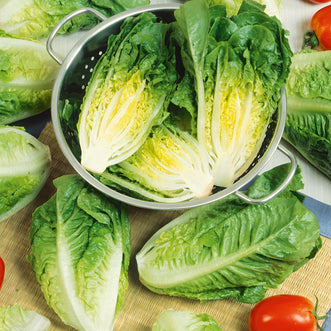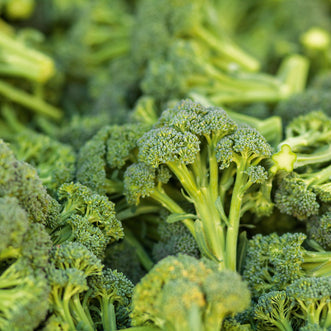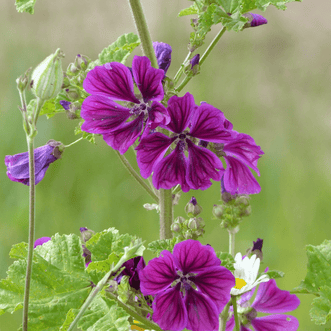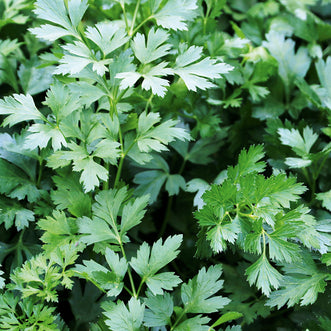Keep it moving...
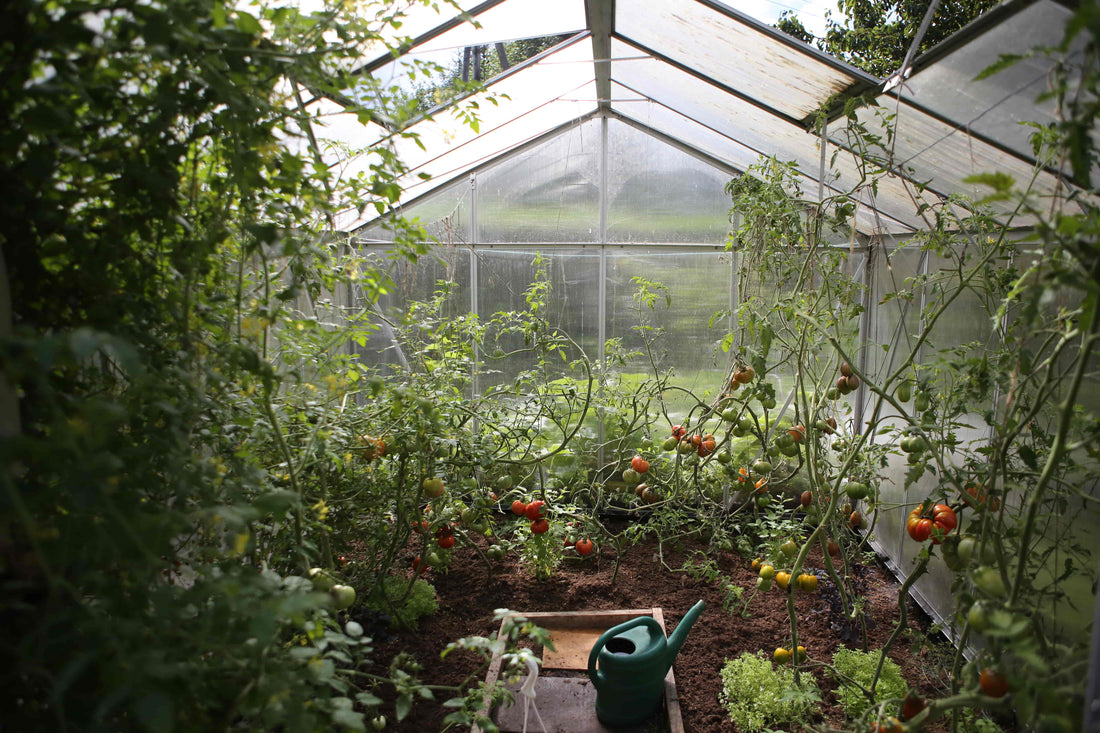
If you are not rotating your crops every year then the future of your garden’s soil quality could be in
BIG DANGER!
If you plant the same variety year after year after year in the same place, your soil will become deficient in nutrients encouraging pests and diseases to become prevalent. The consequence for you? Not being able to grow again in that area of your garden!
So why does this occur?
Certain crops and plant varieties demand different nutrients from the soil. If you plant the same crop time and time again in the same spot, these crops will be sapping all the same nutrients from the soil allowing no time for it to recover or replenish. Eventually the nutrients will run out.
Where is this evident?
This phenomenon has been experienced in the Great Plains of America where farmers kept cropping in the same paddocks year in and year out without allowing the soil to rest and recover. Over time the soil structure broke down, nutrients were severely depleted leaving nothing but a great big dust bowl!
Does this apply to every type of garden?
As much as it needs to happen for huge growers, even in your back garden you need to be rotating your crops to rest the soil and allow it time to replenish its natural nutrient levels. We recommend the ‘one in three’ principle whereby you do not grow the same crop in the same place more than once in every three years. Instead, allow a fallow period, plant a green manure crop which can be turned over before flowering. An autumn grain crop, peas, broad beans, vetch or mustard are all excellent crops to replenish the soil with humus. By doing this, your soil will be arable for a longer term.
A good idea is to draw a simple map of your garden to plan the rotation of your crops to ensure that you keep good records about where previous crops have been planted and when. This will give you peace of mind that your garden’s soil is going to be ok!
Check out our previous blog on Humus.
Crop Rotation in a small garden
My personal experience is crop rotation in a small garden which provides some challenges with limited space. Here are several different ways that I keep my soil healthy and robust with a focus on the rotation theory:
Plant different crops each year
With different crops the botanical variety needs to be taken into account. For instance, brassica and curcubita. There are so many different brassica varieties that it's worth spending a bit of time familiarising yourself with their botanical names. When I first started vege gardening I had no idea what these were and, quite frankly, botanical names that I couldn't even pronounce scared me. I learned that the easiest thing to do was focus on the first two parts of the name (genus and species). For example, pumpkins are 'curcubits' and can be Curcubita pepo, C.maxima or C.moschata. Now it's really easy to make good decisions and it's even easier because all botanical names are listed in our catalogue.
Rotation of favourite crops
If like me, you have all your seasonal "must-haves" then you need to plan carefully. I tend to aim for the 'one in three' principle but in reality sometimes only manage every other year.
A good place to start is with my trellis which is such a precious space. I rotate my peas, beans and tomatoes between my three trellis and sometimes set up a couple of tee-pee trellises to provide a different space. I try and plant something a little different each year in the soil under the trellis. Sometimes it herbs, occasionally flowers for the bees or marigolds to help with the soil health. It's fun using this area to learn about companion planting.
I have two beds which I tend to split into four quarters on my plan. I then use these different spaces to rotate my vegetable planting each year. Its not rocket science and the quarters are small but it seems to work. Occasionally I will have something that doesn't produce a lot of fruit and I note this for next year's rotation and concentrate on building up the soil a little more.
Creating different growing spaces
I have some large containers: one being a bath, a couple of wine barrel halves and some large pots. I utilise these every alternate year for the odd crop of tomatoes, lettuce, cucumbers or zucchini. This allows me to plant other varieties in my main garden. Being bigger containers I can also add a tee-pee trellis if required. Then I put them close to my main vegetable garden to make use of the watering system. Kings Seeds have quite a few varieties now that are great for containers and these work well for this type of gardening. Check out Eggplant Container Pick, Cucumber Iznik or Spacemaster, Pea Tom Thumb, Tomato Container Choice or Minibelle, Pepper Patio Fire'n'Ice or Pretty'n'Sweet.
Give the soil a rest
Every second winter I plant nothing. This and using the containers seems to be enough to give the soil a rest and allow it to do its own thing naturally. If the soil is resting the worms are at peace doing their thing, aerating your soil and feeding your soil with all that worm juice. By having nothing growing, the fungi and bacteria you have in your soil has nothing to feed on and dies off thereby giving the next crop a healthy environment to grown in. Natural clean up by nature........fantastic.
Soil preparation
A big factor for preparing your soil is making sure I have grown manure crops to dig in and adding compost at least a month before I am ready to plant out. Apart from giving my soil some roughage it also helps to keep the weeds down when I am not using the garden. It is not always easy to get my timing right while working full-time, but it is well worth the effort.
I hope that sharing a few of my crop rotation experiences gives you some new ideas to think about. Of course, if you already have your rotation working well in your garden, give yourself a big pat on the back.












